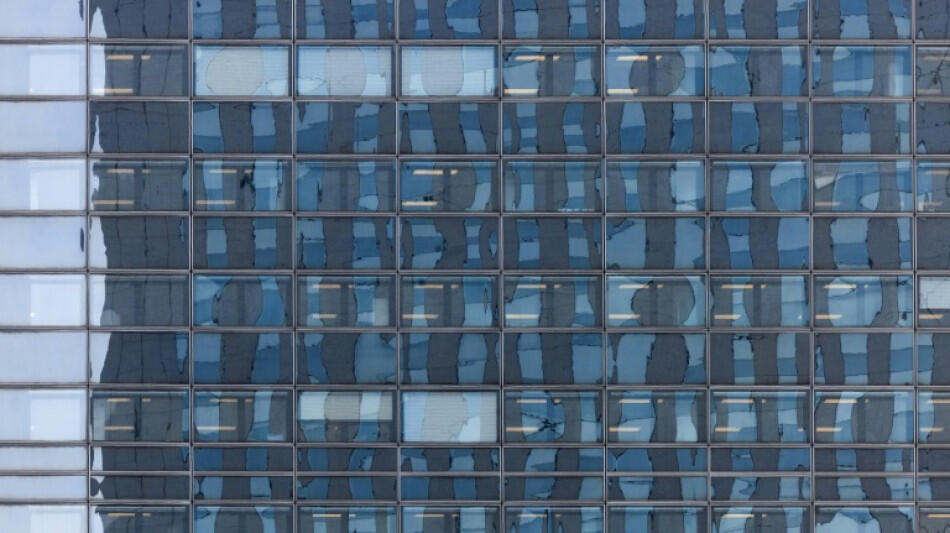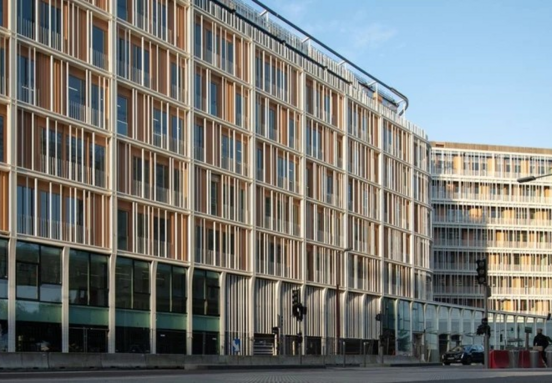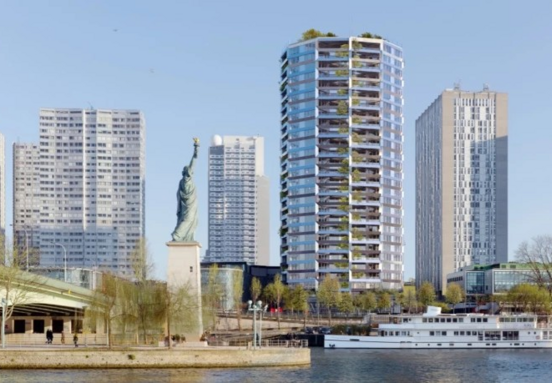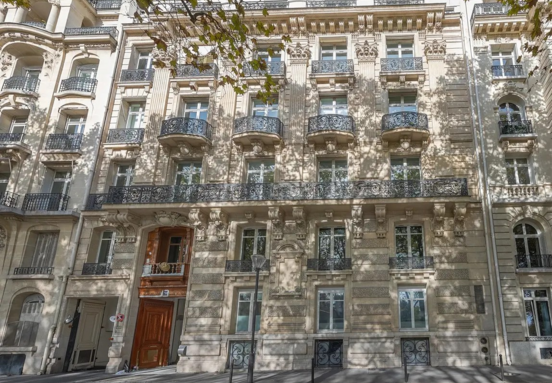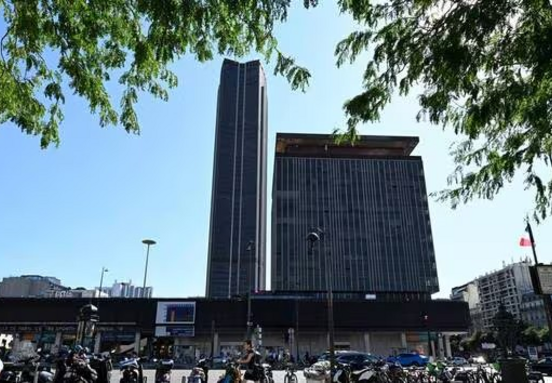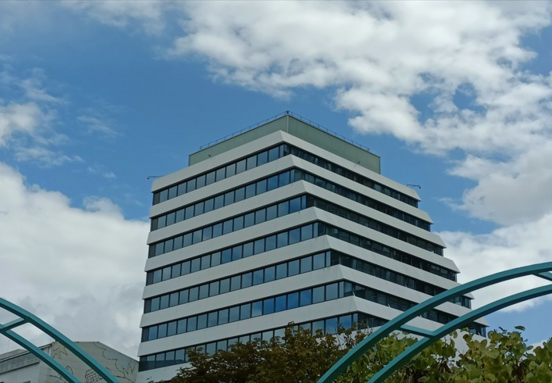The overheating problem: a daily reality
For many employees, working from home isn't a preference but a necessity, driven by uncomfortably hot office environments. Traditional glass-fronted buildings, once symbols of modernity and transparency, are now proving to be ill-suited to rising temperatures.
Employees report internal office temperatures soaring to 29 degrees Celsius, even when outdoor conditions are cooler, leading to discomfort so severe that some consider buying survival blankets. This widespread issue has even sparked online movements like #balancetonfour (“expose your oven”), highlighting the plight of those working in what feel like literal ovens.
Experts warn that when glass surfaces exceed 30% of a room's floor area, the design can become “dangerous.” Buildings constructed just two decades ago, like those in Paris’s Austerlitz district, are now typical examples of structures that dangerously overheat during summer, jeopardizing not just comfort but also employee health and productivity. Even recently renovated coworking spaces in areas like La Défense face similar challenges, with employees experiencing heat so intense it can cause mobile phones to shut down.
The cost of traditional design
Historically, glass-intensive designs were favored for their aesthetic appeal and perceived economic benefits, offering abundant natural light in vast workspaces. However, this design choice has become a significant liability in an era of increasing heatwaves. These buildings often rely heavily on air conditioning, which not only consumes vast amounts of energy — contributing to carbon emissions — but also represents a considerable operational expense. This reliance on mechanical cooling for fundamentally flawed designs is unsustainable and inefficient.
Beyond energy costs, the human toll is significant. Discomfort leads to decreased focus, lower productivity, and increased stress among employees. For businesses, this translates into potential absenteeism, difficulty in talent retention, and a decline in overall operational efficiency. The initial cost savings or aesthetic appeal of such designs are quickly overshadowed by the ongoing expenses and negative impact on human capital.
Adapting to a changing climate: beyond decarbonization
While the real estate sector has made strides in decarbonization — reducing carbon energy consumption — the focus on climate change adaptation, particularly concerning heatwaves, is still emerging. New regulations, both in France and across Europe, are starting to compel industry players to address climate-related risks like heatwaves and floods. However, these measures are often deemed “not sufficient” by experts, indicating a significant gap between current mandates and actual needs.
Adapting buildings to withstand higher temperatures requires substantial investment, estimated at €1 to €2.5 billion annually for new construction and €4.8 billion for renovations in France alone, in addition to investments for carbon neutrality. This financial burden is not evenly distributed, creating “true inequality in the face of climate disruption” among companies of varying sizes and resources. Disturbingly, many new developments continue to overlook local climate contexts and long-term warming trends, perpetuating the problem. This includes poor solar orientation, unsuitable dark exterior colors, and material choices that fail to adequately prevent heat transfer between outside and inside.
What to look for in your next office space
For businesses seeking new office or warehouse space, prioritizing climate resilience is crucial for long-term success and employee well-being. Here’s what to consider:
Strategic design & orientation: Look for buildings with designs that thoughtfully consider sun exposure. Optimal orientation, along with adequate shading solutions (like external blinds or overhangs), can significantly reduce heat gain.
Material selection: While modern insulation is better than ever, the overall choice of materials for facades, roofs, and windows plays a critical role. Seek out properties that use light-colored, reflective materials on exteriors and advanced glazing with low solar heat gain coefficients.
Reduced glazing area: Be cautious of excessive glass. As experts suggest, a high percentage of glass surface can lead to overheating. Prioritize a balance between natural light and thermal comfort.
Integrated cooling strategies: Beyond just air conditioning, inquire about passive cooling techniques incorporated into the building’s design. This could include natural ventilation systems, green roofs, or internal thermal mass.
Building age & renovation quality: Don’t assume “new” means climate-ready. Investigate the specifics of renovation projects to ensure they’ve gone beyond basic updates to address climate adaptation.
The bottom line for businesses
Choosing a climate-resilient office or commercial property is no longer a niche consideration; it’s a strategic imperative. By selecting spaces designed for a warming world, businesses can ensure consistent employee comfort, maintain productivity, reduce spiraling energy costs, and demonstrate a commitment to sustainability. This forward-thinking approach not only safeguards your operations but also enhances your appeal as an employer and your brand’s reputation in a climate-conscious market.
Source: lepaysdefrance.fr
